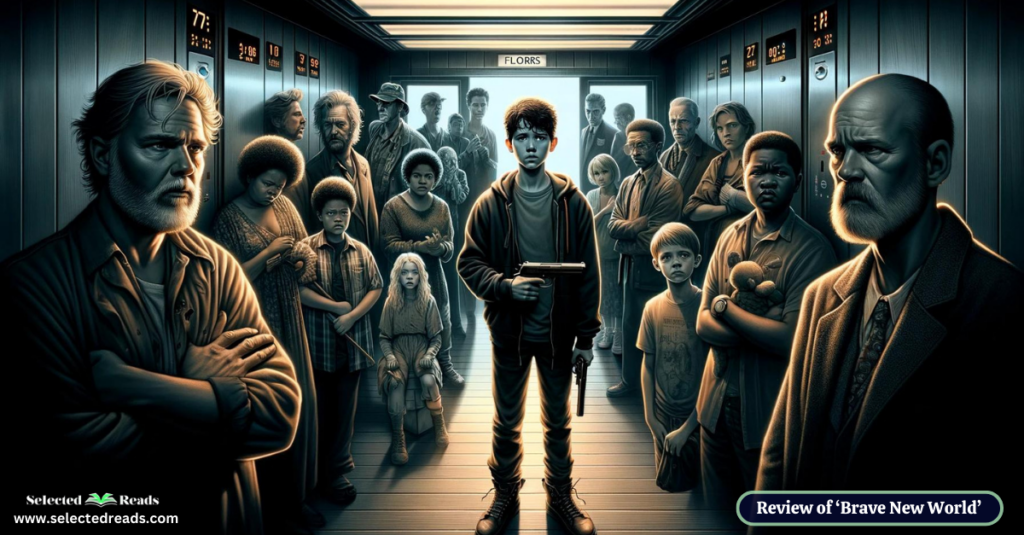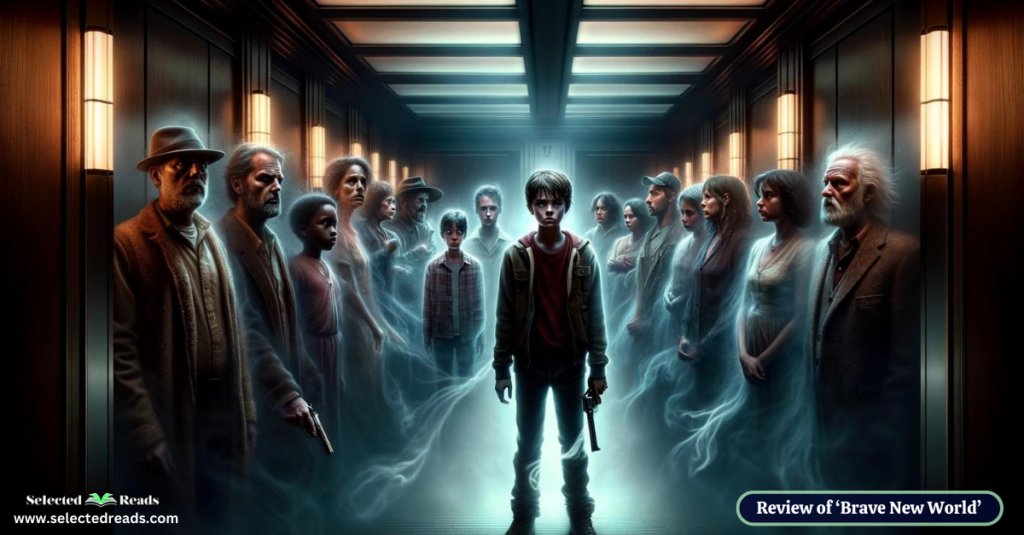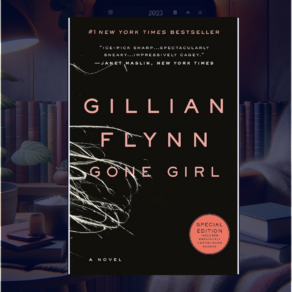In today’s post, I’m introducing you to Jason Reynolds’ novel “Long Way Down,” a book that captivates with its raw emotion and powerful narrative structure. This New York Times bestseller and award-winning novel delves deep into the critical issue of teenage gun violence, told over the span of just sixty seconds—a poignant reflection on the immediate and long-lasting consequences of revenge.
The purpose of this post is to offer an insightful analysis, albeit short, of “Long Way Down,” to enhance your understanding and appreciation of this compelling story, whether you’re reading it for the first time or revisiting it with fresh eyes.
My discussion will proceed as follows: First, I provide a summary of the book, laying the foundation for our exploration by outlining the gripping journey of Will, a young boy set on avenging his brother’s death. Next, I cover characters, introducing you to the key figures whose interactions with Will add depth and complexity to the narrative. Finally, I conclude with book club questions designed to spark engaging discussions and deepen your comprehension and analysis of the text.
Related: Twisted Love Summary, Characters, and Book Club Questions
Long Way Down Summary
“Long Way Down” by Jason Reynolds unfolds the intense and emotionally charged journey of fifteen-year-old Will, grappling with the aftermath of his older brother Shawn’s murder. Bound by the unwritten rules that govern his life—no crying, no snitching, and seeking revenge—Will decides to avenge Shawn’s death. Armed with his brother’s gun, he steps into the elevator of his apartment building, determined to find and kill the person he believes is responsible.
As the elevator descends from the seventh floor, it stops at each floor, and with each stop, a new character enters—each one dead, each one pivotal to Will’s past and to the story of Shawn’s life and death. The first to join Will is Buck, the original owner of the gun, revealing a shocking truth: the gun was used by Shawn, marked by a missing bullet. Buck’s presence, despite being deceased, signals the beginning of Will’s journey into the complexities of his brother’s life, challenging Will’s understanding and intentions.
Photo: Amazon
With every floor, more characters from Will’s life and his brother’s past enter the elevator, including a young girl who was a victim of a stray bullet, an uncle who lived by the same rules that now guide Will, and even his father, offering pieces of wisdom, memories, and revelations that complicate Will’s quest for revenge. Each encounter exposes the cycle of violence that ensnares them all, challenging the very rules Will lives by and highlighting the interconnectedness of their lives and deaths.
As Will descends closer to his final decision, the novel explores the themes of grief, vengeance, and the haunting impact of gun violence on young lives. Through its innovative narrative structure and poetic verse, “Long Way Down” presents a gripping and profound look at the consequences of violence and the power of understanding and empathy to break the cycle of retribution. The sixty-second journey encapsulates a lifetime of pain, love, regret, and the possibility of change, leaving readers to ponder the choices we make and the paths those choices create.
Long Way Down Characters
In “Long Way Down” by Jason Reynolds, the narrative centers around a small, yet deeply interconnected group of characters, each contributing to the novel’s exploration of themes such as violence, revenge, and redemption. Here’s a closer look at the main characters:
- Will – The protagonist of the story, a fifteen-year-old boy reeling from the recent murder of his older brother, Shawn. Determined to follow the code of the streets—”no crying, no snitching, revenge”—Will sets out to kill his brother’s supposed murderer, armed with Shawn’s gun.
- Shawn – Will’s older brother, whose death sets the events of the novel in motion. Though deceased, Shawn’s presence is felt throughout the story, as Will grapples with their shared memories and the weight of Shawn’s legacy.
- Buck – One of the first to enter the elevator with Will, Buck is already deceased. He is significant for having given Shawn the gun that Will now possesses. Buck’s appearance starts to unravel the complexity of the cycle of violence that surrounds Will.
- Dani – A young girl who enters the elevator, reminding Will of a past incident where she was hit by a stray bullet while they were children. Dani’s presence questions the efficacy and consequences of using the gun for revenge.
- Uncle Mark – Will’s uncle, who also adheres to the street code that Will believes he must follow. His story further illustrates the cyclical nature of violence within families and communities.
- Will’s Father – Mentioned and reflected upon in Will’s journey, his father’s life and death by violence underscore the generational impact of the code and the choices that are passed down.
- Other Characters – Throughout the novel, several other characters board the elevator, each representing a connection to Shawn’s life or death, or reflecting the broader themes of violence, choice, and consequence. Their stories interweave to offer Will, and the reader, a more nuanced understanding of the cycle of violence and the difficulty of breaking free from it.

Long Way Down Book Club Questions
These prompts aim to spark thoughtful conversation and a deeper understanding of the book’s exploration of violence, revenge, and the cycle of trauma.
- Exploring the Rules: The novel is built around three core rules: no crying, no snitching, and revenge. How do these rules impact the characters’ decisions and lives? Do you think these rules are exclusive to the environment in the story, or can you see parallels in broader society?
- The Structure and Form: “Long Way Down” is told in verse, through a series of short, sharp narratives. How does this format affect your understanding of the story and your connection to Will? What does the immediacy and brevity of verse lend to the themes of the book?
- Character Encounters in the Elevator: Each character Will encounters in the elevator adds a layer to the narrative and offers a different perspective on violence, choice, and consequence. Discuss how these encounters challenge or reinforce Will’s intentions. Which encounter did you find the most impactful, and why?
- The Role of Ghosts: The characters Will meets in the elevator are all dead, yet they play a crucial role in the story. What do you think these ghosts represent? How do they contribute to the novel’s exploration of grief and guilt?
- The Ending: Without giving away specifics, the novel concludes on an ambiguous note. What were your feelings about the ending? How do you interpret what happens to Will in the final pages?
- The Theme of Cyclical Violence: “Long Way Down” presents a stark look at the cycle of violence and its impact on individuals and communities. How does the novel propose breaking this cycle? Do you see any moments of hope or change within the story?
- Impact of Setting: The entire story unfolds over just 60 seconds in an elevator. How does this confined setting intensify the story’s themes and emotions? How does it reflect on the characters’ internal struggles?
- Comparisons to Reality: The novel tackles the harsh realities of gun violence and its effects on young lives. How does “Long Way Down” mirror real-world issues? Can literature like this contribute to discussions about violence in society?
- Jason Reynolds’ Authorial Choices: Reynolds chose not to provide easy answers or moral judgements in the narrative. How does this choice affect the reader’s experience? Do you find this approach more effective in conveying the story’s themes?
- Personal Reflections: How did the novel affect you personally? Did it change your perspectives on revenge, justice, or forgiveness? Is there a particular message or moment that will stay with you?
Related: A Good Girl’s Guide to Murder Summary
Final thoughts
I hope you find this short review helpful. I tried my best to familiarize you with “Long Way Down” by Jason Reynolds, a profound exploration of the cycle of violence through the eyes of a young protagonist faced with a life-changing decision. In doing so, I covered a summary of the book, briefly touched on characters, shared some poignant quotes, and then rounded off with thought-provoking book club questions.
If you have not already read the novel, then I strongly encourage you to pick it up. Not only does it provide a gripping narrative that’s hard to put down, but it also opens up vital conversations about violence, choices, and their impact on our lives and communities. Whether you’re reading it for your own enjoyment or as part of a book club, “Long Way Down” is a remarkable piece that challenges us to think deeply about the world we live in and the cycles we perpetuate.








